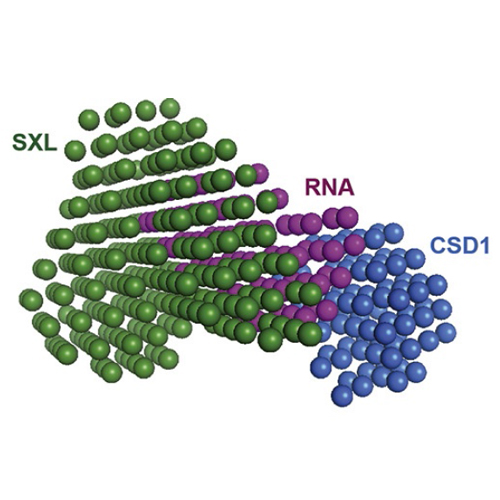Chapter Eleven – Structural Analysis of Protein–RNA Complexes in Solution Using NMR Paramagnetic Relaxation Enhancements
26-Mar-2015
Methods in Enzymology, 2015, doi:10.1016/bs.mie.2015.02.006, Volume 558, Pages 333–362 published on 26.03.2015
Methods in Enzymology, online article
Methods in Enzymology, online article
Biological activity in the cell is predominantly mediated by large multiprotein and protein–nucleic acid complexes that act together to ensure functional fidelity. Nuclear magnetic resonance (NMR) spectroscopy is the only method that can provide information for high-resolution three-dimensional structures and the conformational dynamics of these complexes in solution. Mapping of binding interfaces and molecular interactions along with the characterization of conformational dynamics is possible for very large protein complexes. In contrast, de novo structure determination by NMR becomes very time consuming and difficult for protein complexes larger than 30 kDa as data are noisy and sparse. Fortunately, high-resolution structures are often available for individual domains or subunits of a protein complex and thus sparse data can be used to define their arrangement and dynamics within the assembled complex. In these cases, NMR can therefore be efficiently combined with complementary solution techniques, such as small-angle X-ray or neutron scattering, to provide a comprehensive description of the structure and dynamics of protein complexes in solution. Particularly useful are NMR-derived paramagnetic relaxation enhancements (PREs), which provide long-range distance restraints (ca. 20 Å) for structural analysis of large complexes and also report on conformational dynamics in solution. Here, we describe the use of PREs from sample production to structure calculation, focusing on protein–RNA complexes. On the basis of recent examples from our own research, we demonstrate the utility, present protocols, and discuss potential pitfalls when using PREs for studying the structure and dynamic features of protein–RNA complexes.











